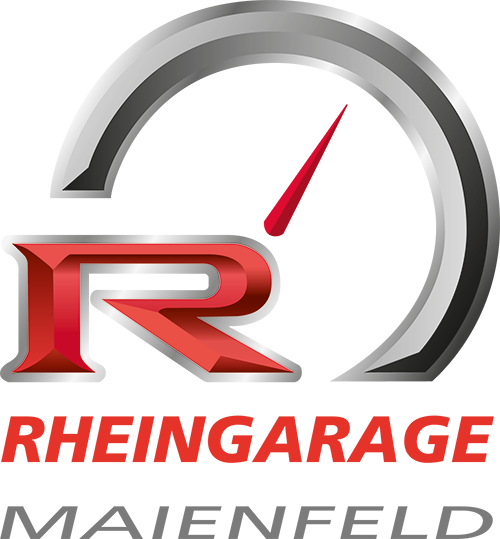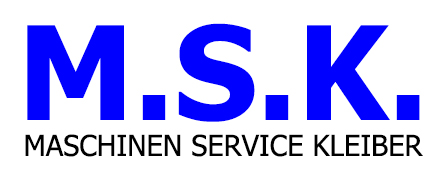

Examples include the Intel iAPX 432 and the Linn Smart Rekursiv. In the 1980s, there were a few attempts to design processor architectures that included hardware support for objects in memory but these were not successful. Experimentation with various extensions to Lisp (such as LOOPS and Flavors introducing multiple inheritance and mixins) eventually led to the Common Lisp Object System, which integrates functional programming and object-oriented programming and allows extension via a Meta-object protocol. In the 1970s, Smalltalk influenced the Lisp community to incorporate object-based techniques that were introduced to developers via the Lisp machine. While Smalltalk was influenced by the ideas introduced in Simula 67 it was designed to be a fully dynamic system in which classes could be created and modified dynamically. Smalltalk went through various versions and interest in the language grew. Smalltalk became noted for its application of object orientation at the language-level and its graphical development environment. Smaltalk-72 included a programming environment and was dynamically typed, and at first was interpreted, not compiled. In the 1970s, the first version of the Smalltalk programming language was developed at Xerox PARC by Alan Kay, Dan Ingalls and Adele Goldberg. The object-oriented Simula programming language was used mainly by researchers involved with physical modelling, such as models to study and improve the movement of ships and their content through cargo ports. Simula introduced important concepts that are today an essential part of object-oriented programming, such as class and object, inheritance, and dynamic binding.


Īlso, an MIT ALGOL version, AED-0, established a direct link between data structures ("plexes", in that dialect) and procedures, prefiguring what were later termed "messages", "methods", and "member functions".
#Programmier ,service ,reparaturarbeiten how to#
I thought of objects being like biological cells and/or individual computers on a network, only able to communicate with messages (so messaging came at the very beginning – it took a while to see how to do messaging in a programming language efficiently enough to be useful).Īnother early MIT example was Sketchpad created by Ivan Sutherland in 1960–1961 in the glossary of the 1963 technical report based on his dissertation about Sketchpad, Sutherland defined notions of "object" and "instance" (with the class concept covered by "master" or "definition"), albeit specialized to graphical interaction. Significant object-oriented languages include:

Many of the most widely used programming languages (such as C++, Java, Python, etc.) are multi-paradigm and they support object-oriented programming to a greater or lesser degree, typically in combination with imperative, procedural programming. OOP languages are diverse, but the most popular ones are class-based, meaning that objects are instances of classes, which also determine their types. In OOP, computer programs are designed by making them out of objects that interact with one another. Object-oriented programming ( OOP) is a programming paradigm based on the concept of " objects", which can contain data and code: data in the form of fields (often known as attributes or properties), and code, in the form of procedures (often known as methods).Ī feature of objects is that an object's own procedures can access and often modify the data fields of itself (objects have a notion of this or self). For a list of object-oriented programming languages, see List of object-oriented programming languages. "Object-oriented programming language" redirects here.


 0 kommentar(er)
0 kommentar(er)
